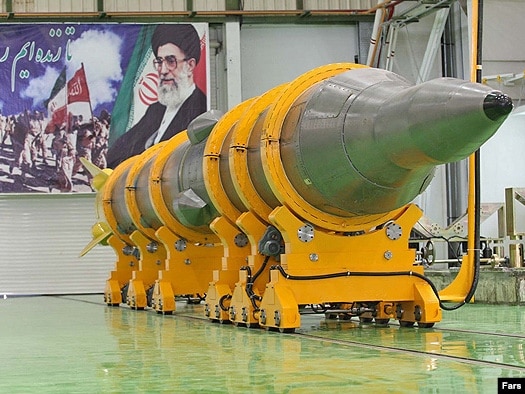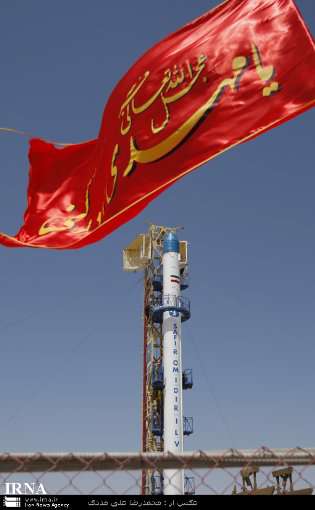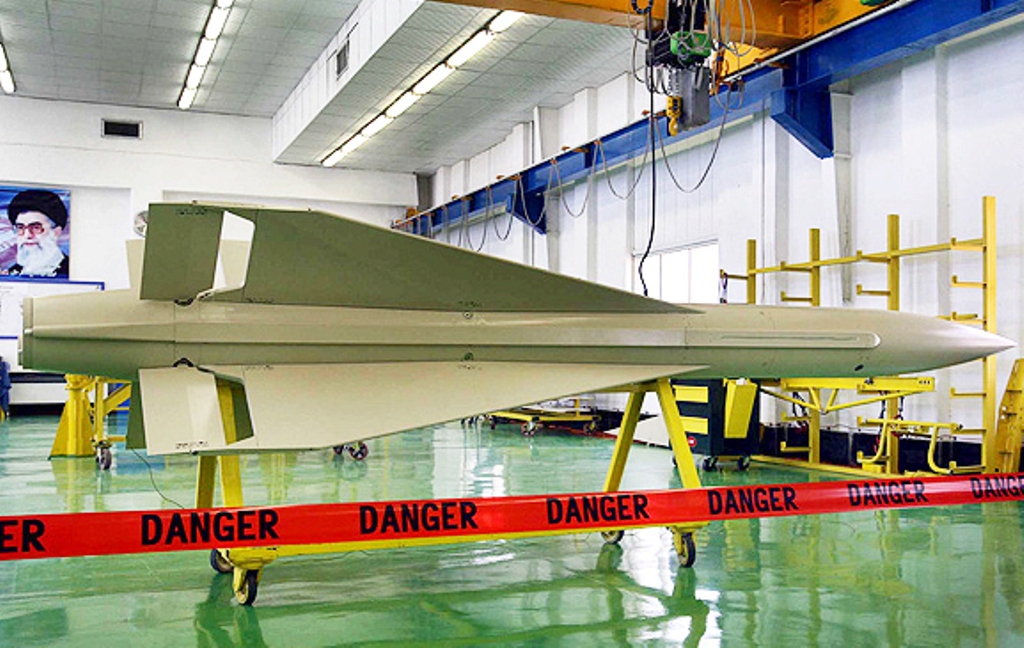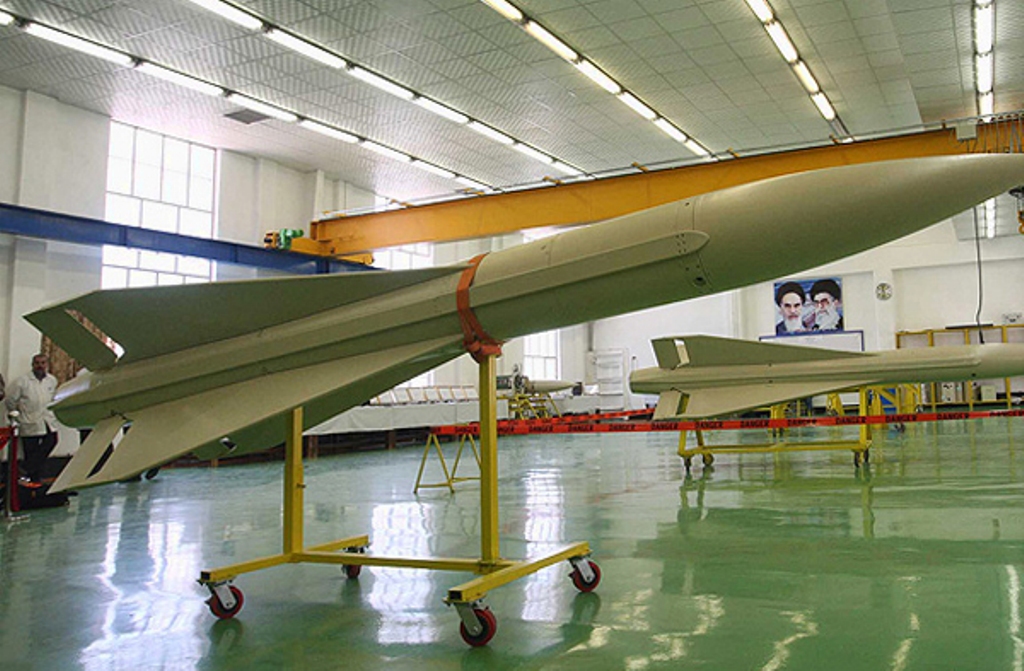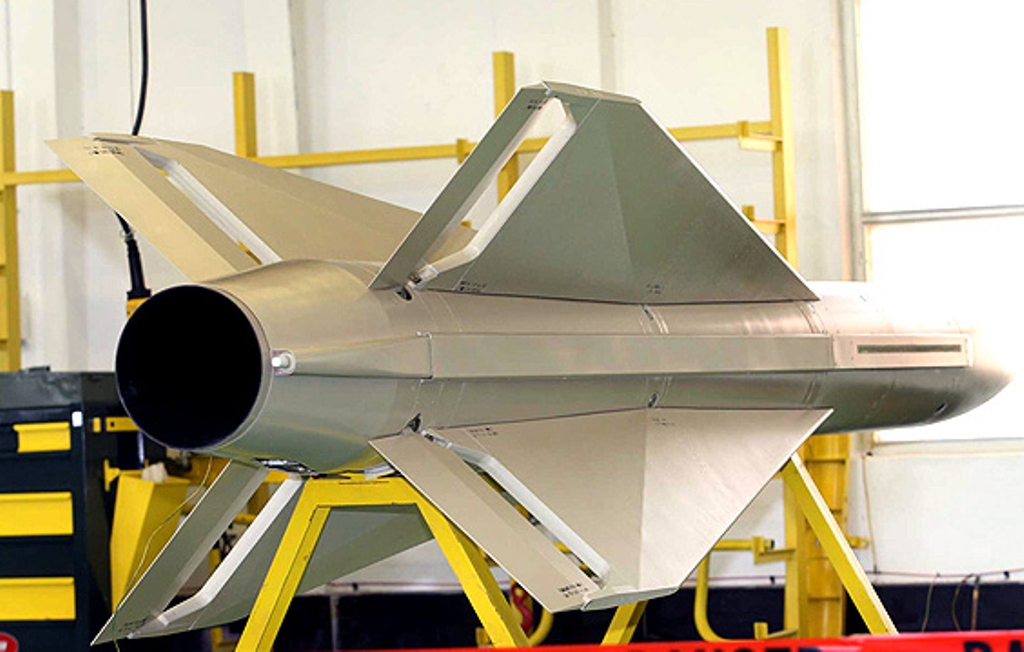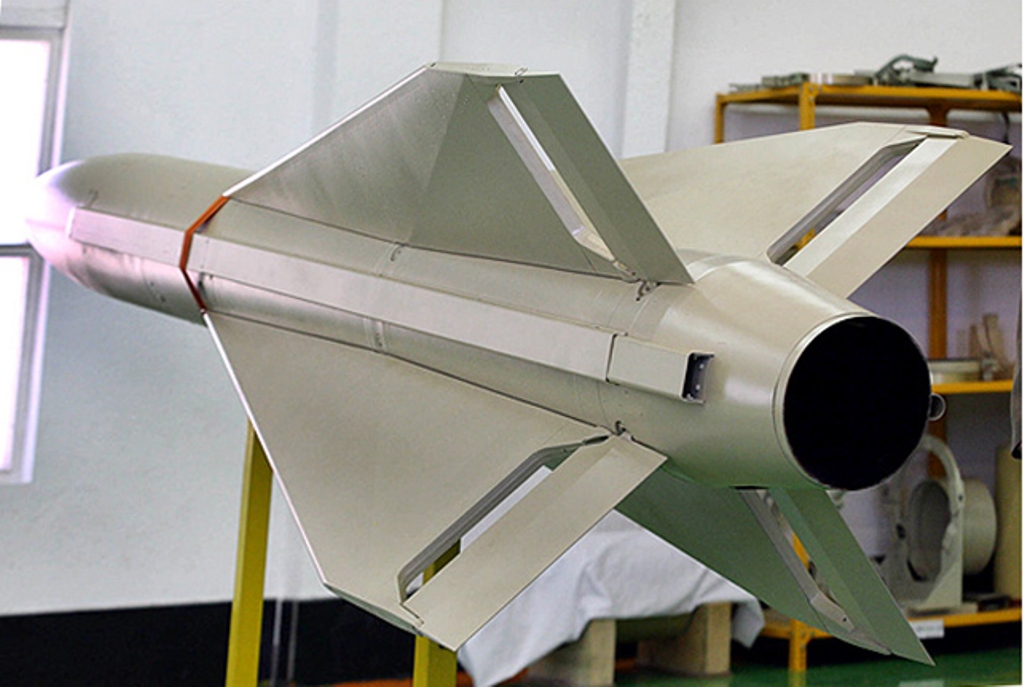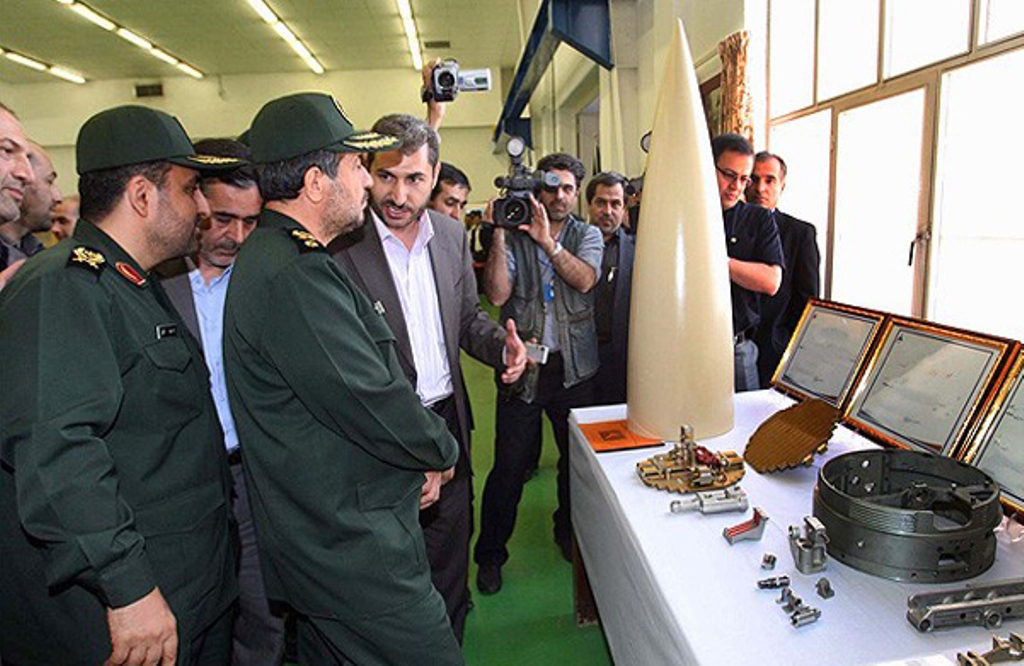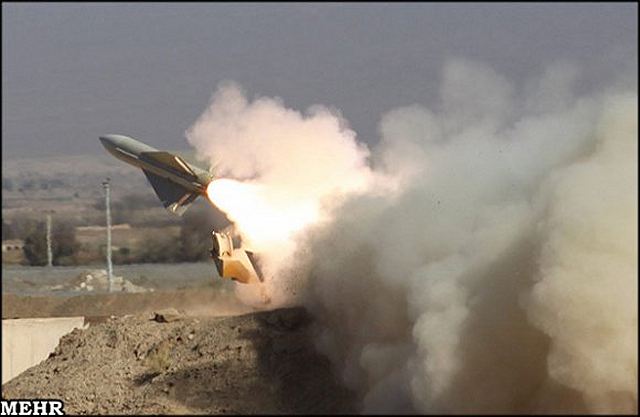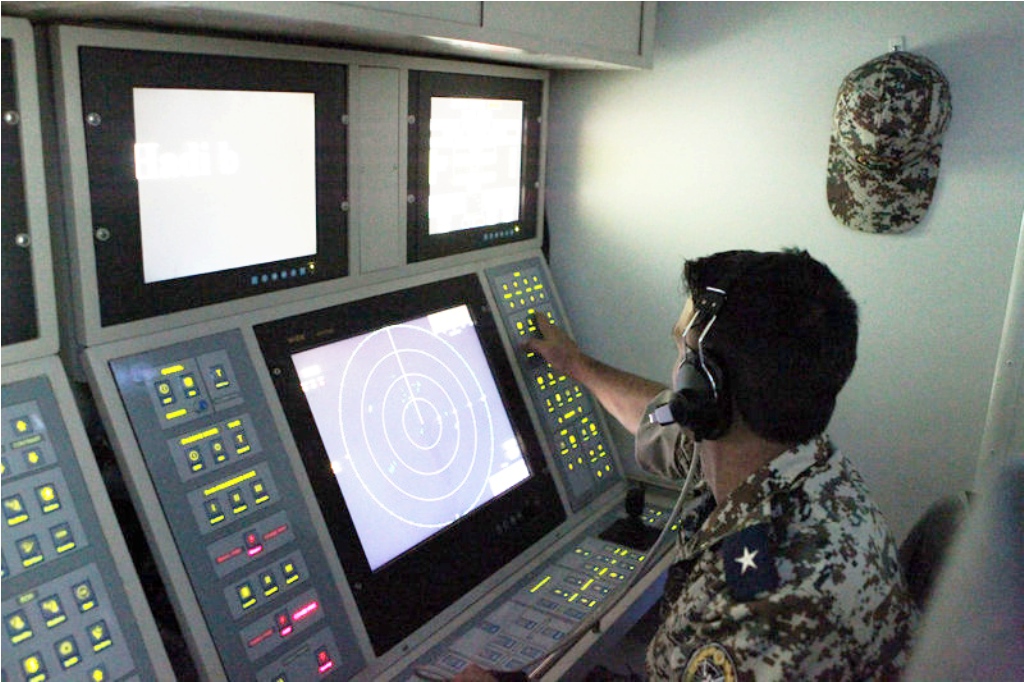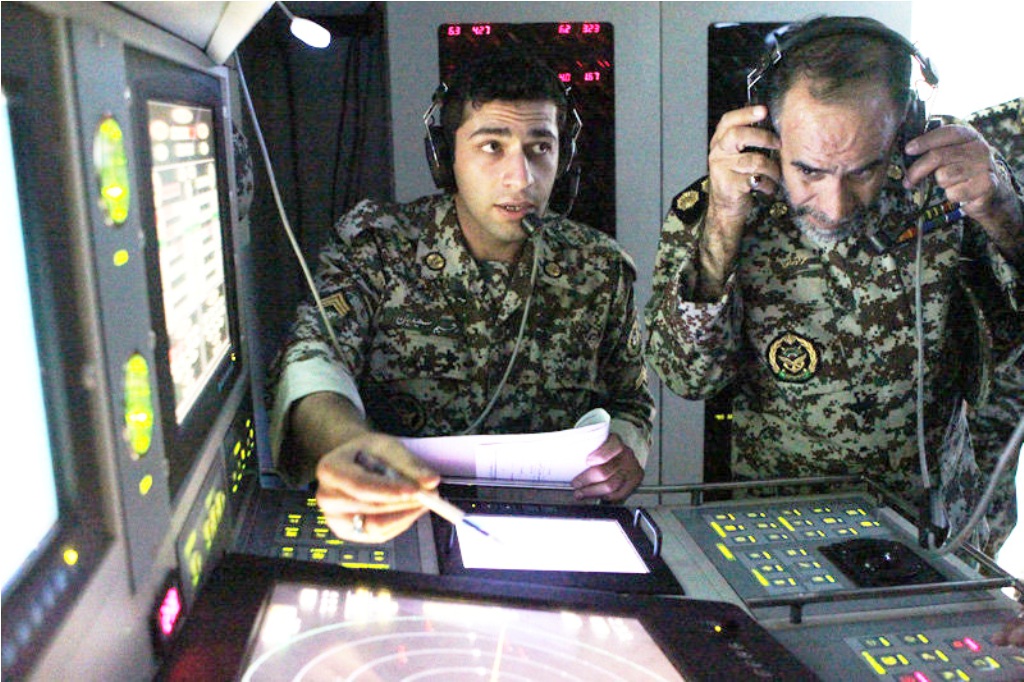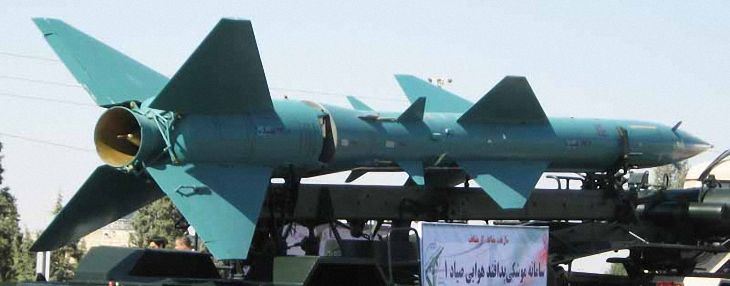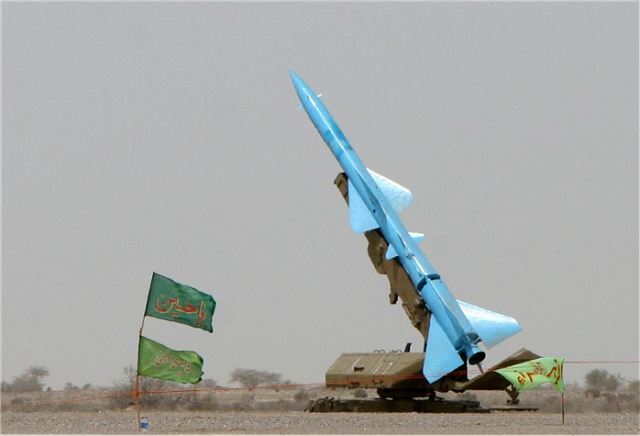5.Long-range ballistic missiles :
Shahab-4
Safir
Kosar
Shahab 4
Class : MRBM
Warhead : HE , chemica l, nuclear
Range : 2000 to <4000 km
Status : Unknown
The Shahab 4 has been mentioned in many media and intelligence reports over the last ten years. Unfortunately, those reports have frequently been contradictory and their sum does not provide a clear picture of the Shahab 4 missile project. The program, in fact, may not actually exist. Assuming that the missile is in development, it would probably borrow from the technologies of the Shahab 3 while improving performance characteristics to allow for greater range, a heavier payload, and increased accuracy.
Though Iranian missile development has progressed dramatically in the last 15 years, many experts believe that the Shahab 4 borrows from foreign missile design. In keeping with the North Korea-Pakistan-Iran missile relationship, some speculate that the Shahab 4 is based off of the North Korean No Dong 2 or Taepo Dong 1 missiles or the Pakistani Hatf 5A. Other sources suggest that the Shahab 4 is based on defunct Russian technology from the SS-4 or SS-N-6.
The No Dong 2 and the Hatf 5A are obvious comparisons with the Shahab 4. The Shahab 3 was based upon the same technology as the No Dong 1 and the Hatf 5, so it makes some sense that the improved versions of those missiles would form the basis of the newer Shahab missile. Of course, Iran has already greatly improved upon the Shahab 3, as discussed in the Shahab 3 variants entry. If the Shahab 4 is based upon the No Dong 2 and Hatf 5A, then it is probably one of the many Shahab 3 variants and not a separate project. Given the tendency of Iranian officials to name and rename projects, this conclusion is likely accurate.
The SS-4 was 22.8 m long with a diameter of 1.65 m and a launch weight of 42,000 kg. Its 1,600 kg payload contained a single separating warhead. It used a single-stage liquid propellant engine and an inertial guidance system. The SS-4 had a range of 2,000 km (1,243 miles) and an abysmal accuracy of 2,400 m CEP. Depending on the similarity between the Shahab 4 and the SS-4, these figures may not be relevant. It is believed that the Shahab 4 will have an accuracy of between 2,500 and 3,500 m CEP and a range of between 2,000 and 3,000 km (1,243 to 1,864 miles).
The Soviet SS-N-6 bears similar specifications to the SS-4 and the projected specifications for Shahab 4, but with increased accuracy (1,000m CEP), greater range (2,500-4,000 km), and a lighter payload (1,200kg). Originally submarine launched, the SS-N-6 is believed to have been modified by North Korean, and finally adjusted and assembled by Iran for use as a land-based missile. At the fall of the Soviet Union, many of these SLBMs remained in operational condition. Reports indicate that one or more of these weapons made their way to North Korea before North Korea delivered some of these missiles to Iran.
In 2003 Iran announced that it would close the Shahab 4 program in favor of an SLV program (Satellite Launch Vehicle). Since that time, Iran has had some success with a domestic space program that has successfully put a small satellite into orbit. Regardless of the space program, however, talk of a Shahab 4 has not completely quieted and many believe that a missile with this designator is still in development. The Shahab 3 and its variants can hardly meet many conceivable range and payload objectives, so it seems reasonable to expect that a new missile is in development.
If the Shahab 4′s reported range of 2,000 km range is correct, the missile will have the capability to target all of Israel, as well as Turkey, much of India, and US forces stationed in Iraq, Afghanistan, or the Persian Gulf. The missile could substantially increase the political and military leverage held by the Iranian government, especially if Iran develops a nuclear warhead.
An additional threat is the possibility that Iran will give or sell its missile technology to rogue nations or terrorist organizations antagonistic toward the U.S. At present, Iran’s missiles are stored and operated in underground sites under the complete control of the Islamic Revolutionary Guard Corps, which enjoys little outside supervision within Iran. General Mahmud Chahar Baghi of the IRGC stated in 2008 that any act of Israeli aggression would be retorted by the launching of 11,000 missiles within the first minute.
The Iranian missile program has been shrouded in secrecy, deception, and the unknown. Iran obtains weapons of various design and origin, and frequently retains a single name and reclassifies its physical missile assets, which adds to the confusion. According to Defense Minister Najjar, when asked about the testing of the Shahab 4, “Names and titles are not important in this regard. The important point, though, is that we are proceeding according to our defense doctrine…” At present the future of the Iranian missile program is uncertain, but the existence of these missiles proves that ballistic missiles are no longer the purview of first world nations. If the US and its allies are to remain safe, they must deploy missile defense systems capable of undermining the effectiveness of these now ubiquitous offensive systems.
Safir
The Safir (Persian: سفیر‎, meaning "ambassador") is the name of the first Iranian expendable launch vehicle that is able to place a satellite in orbit. The first successful orbital launch using the Safir launch system took place on 2 February 2009 when a Safir-2 carrier rocket placed the Omid satellite into an orbit with a 245.2 km (152.4 mi) apogee.
A sub-orbital test flight, named Kavoshgar-1 (Persian: کاوشگر ۱‎, "Explorer-1"), was conducted on 4 February 2008, as announced by state-run television. A launch on 25 February 2007, may also have been of the same type. The first flights carried instruments to measure the higher atmosphere. The rocket launched on 4 February 2008 was a liquid-propellant-driven rocket, probably a derivative of the Shahab-3, that reached an altitude of 200–250 km in space, and successfully returned science data according to the Iranian News Agency.
On 19 February 2008, Iran offered new information about the rocket and announced that Kavoshgar-1 used a two staged rocket. The first stage separated after 100 seconds and returned to earth with the help of a parachute. The second stage continued its ascent to the altitude of 200 kilometres. However it was not intended to reach orbital velocity.
Earlier reports by the Iranian News Agency suggested that Kavoshgar-1 used a three staged rocket with the first stage separating after 90 seconds and the rocket reaching an orbit between 200 and 250 kilometres.
The successful development and launch of a sounding-space-rocket was already announced a year earlier, on 25 February 2007. It is unknown if the sounding rocket launched on 25 February 2007, and the rocket launched on 4 February 2008, are of the same type.
Safir-1
On 17 August 2008, Iranian officials reported that a Safir was launched successfully without a payload, in preparation for the launch of Iran's first indigenously launched satellite, Omid . Reza Taghizadeh, head of the Iranian Aerospace Organization, told state television "The Safir (Ambassador) satellite carrier was launched today and for the first time we successfully launched a dummy satellite into orbit". As it was announced by Iran, a dummy satellite was put into a 650 km LEO passing over Iran six times every 24 hours.
Alleged failure
According to an American official, "The vehicle failed shortly after liftoff and in no way reached its intended position." However, the video of the liftoff of the rocket was shown on the Iranian state television for several minutes.[13] Iranian officials released a statement denouncing the allegations as propaganda and stated that Iran would soon launch the Omid satellite. Iran indeed launched the satellite on 2 February 2009, less than six months later.
Safir-2
On 2 February 2009, a Safir rocket conducted Iran's first orbital launch, with the Omid satellite. The two-staged launch vehicle named SAFIR-2 was 22 m long with a diameter of 1.25 m, weighing about 26 tonnes. The 27 kg Omid satellite was launched into an orbit with a 245.5 km perigee and 381.2 km apogee. The evidence is mounting that Safir-2 was more powerful and advanced than initially thought.
Safir-2 Block-II
Iran has begun the development of the planned Block-II Safir booster intended to double its payload capacity with the intent to make it operational by some time in 2010. The launch vehicle is to acquire its increased payload capacity into low earth orbit through the addition of two Samen, solid motor strap-on boosters added to the Shahab-3C derived first stage and possible a new solid motor third stage added to the existing two stage Safir space booster. The announcement of the development start on this booster was made on 14 April 2009 by the Iranian President Mahmoud Ahmadinejad. This booster is capable of placing satellite in 700-kilometre (430-mile) orbits or doubling its payload capacity. Iran is known to be combining these liquid propellant and solid motor technologies to the development of a more capable Safir block-II class space booster expected in 2010 with over twice the capability of the present Safir space booster. Iran is known to be working on a new, nearly all solid propellant boosters with a payload capacity of 330 kilograms to low earth orbit. On the maiden flight of the Safir-B rocket, designated Safir-B1, from a launch site in Semnan Province, Iran's third indigenous satellite, the 15.3 kg Rasad 1 was launched. The launch occurred at approximately 09:14 UTC on 15 June 2011 with the spacecraft reaching orbit several minutes later.
In February 3, 2012, the 50 kg Navid satellite was launched by an upgraded Safir-2 rocket with 20% more thrust. The second stage of the new rocket was wider.
Alleged failures
As were alleged, non-announced by Iran two failed launches of Fajr Earth imaging satellites occurred from Semnan spaceport on May, 23 and October in 2012 .
Safir



















